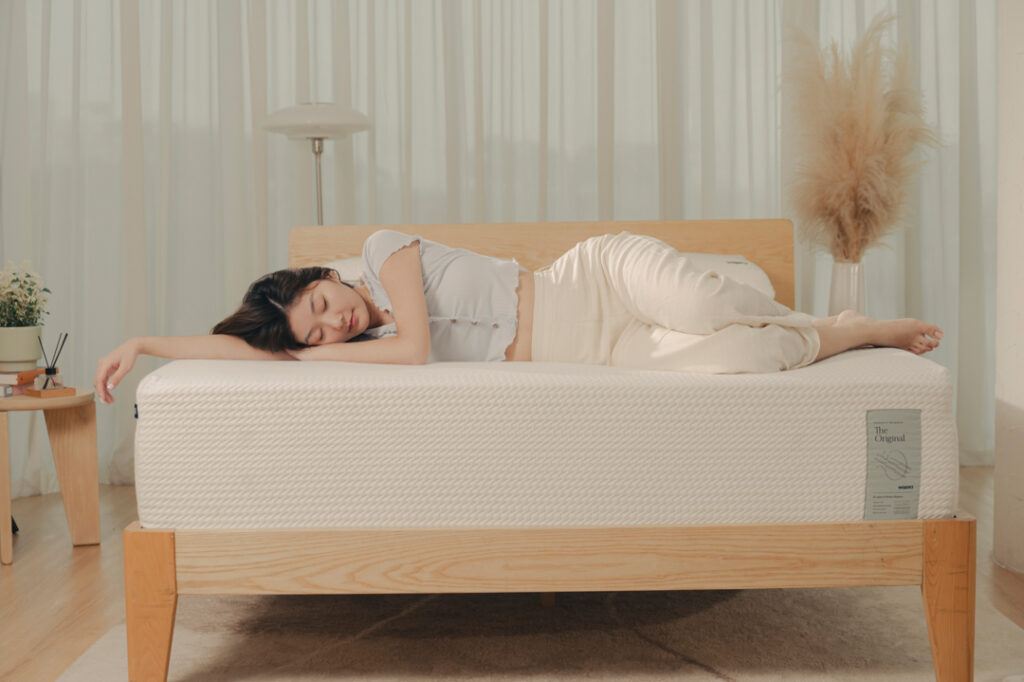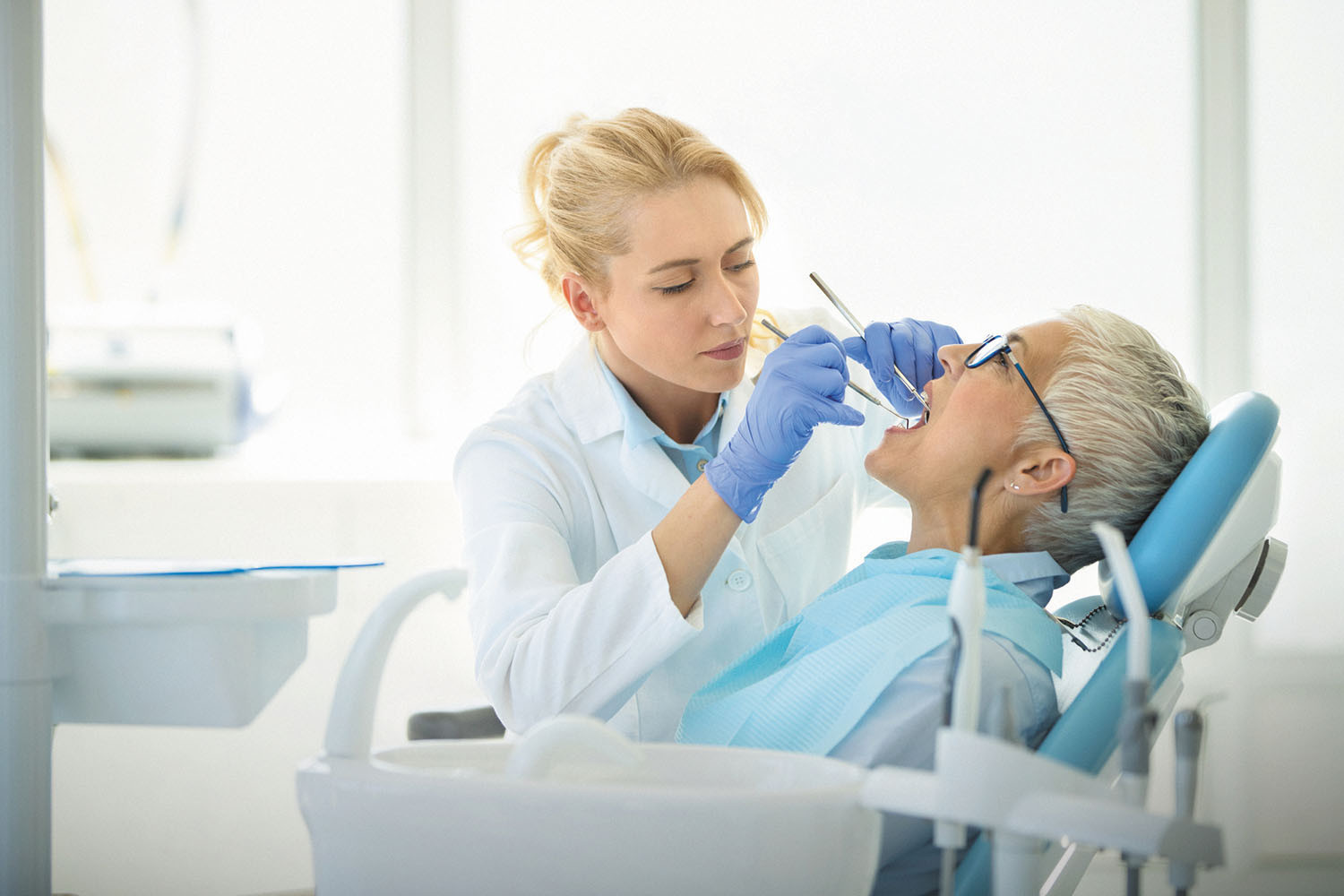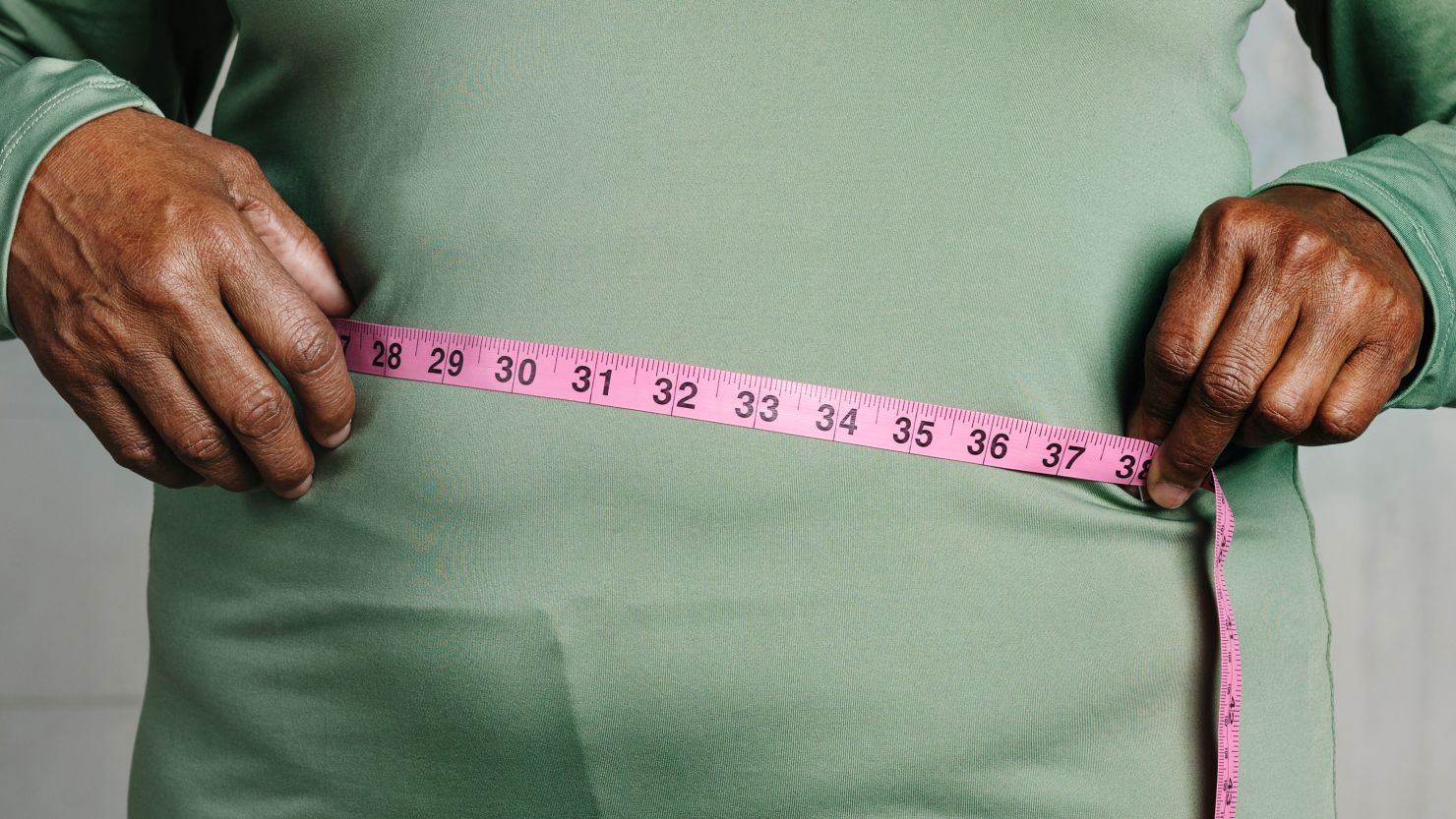Bedtime Bliss: Transform Your Sleep Experience with a New Mattress in Singapore
Quality sleep is essential for overall health and prosperity, and the right mattress plays a crucial role in ensuring a relaxing night’s sleep. New mattress singapore, where life can be fast-paced and feelings of anxiety are high, investing in a quality mattress is critical to achieving bedtime bliss and waking up feeling revived and rejuvenated.
Signs: It’s the ideal opportunity for a new mattress
Knowing when it’s time to replace your mattress is critical for maintaining optimal sleep quality. Signs like sagging, apparent wear and tear, inconvenience, and waking up with aches and pains are indicators that your mattress may never again be providing adequate help. If you find yourself tossing and turning over the course of the evening or waking up feeling tired, investing in a new mattress could be an ideal opportunity to further develop your sleep experience.
Choosing the right mattress
With a wide variety of mattresses available in Singapore, choosing the right one can feel overwhelming. Factors such as mattress type, immovability level, size, and material organization all contribute to determining the most suitable mattress for your needs. To ensure optimal solace and backing, consider factors such as your preferred sleeping position, body weight, and any particular sleep issues you may have when selecting a new mattress.

Explore mattress options in Singapore
Singapore offers a plethora of choices with regards to mattresses, ranging from traditional spring mattresses to adaptive padding, latex, and half-breed models. Each kind of mattress offers novel advantages and features, so it’s essential to research and test out various choices to find the one that best meets your sleep inclinations and prerequisites.
Investing in Your Sleep Health
While purchasing a new mattress is an investment, it pays off in better sleep quality and overall prosperity. A great mattress can offer better support for your spine, alleviate pressure points, and decrease tossing and turning, resulting in more profound, more restorative sleep. By prioritizing your sleep health and investing in a mattress that advances solace and relaxation, you can transform your sleep experience and partake in the advantages of better sleep quality.
Investing in a new mattress singapore is a crucial step towards achieving bedtime bliss and improving your sleep experience in Singapore. By recognizing the signs that it’s the ideal opportunity for a new mattress, choosing the right mattress type and features, and prioritizing your sleep health, you can transform your daily routine and wake up feeling revived and rejuvenated. With an extensive variety of mattress choices available in Singapore, there will never be a better opportunity to invest in your sleep quality and overall prosperity.
















